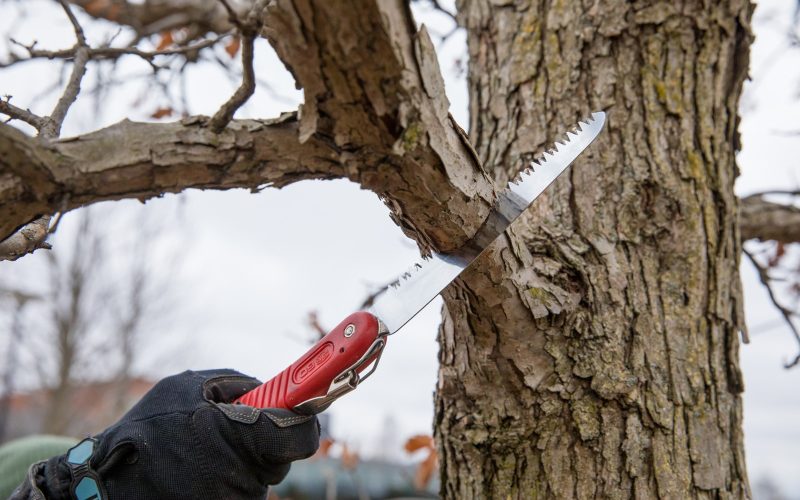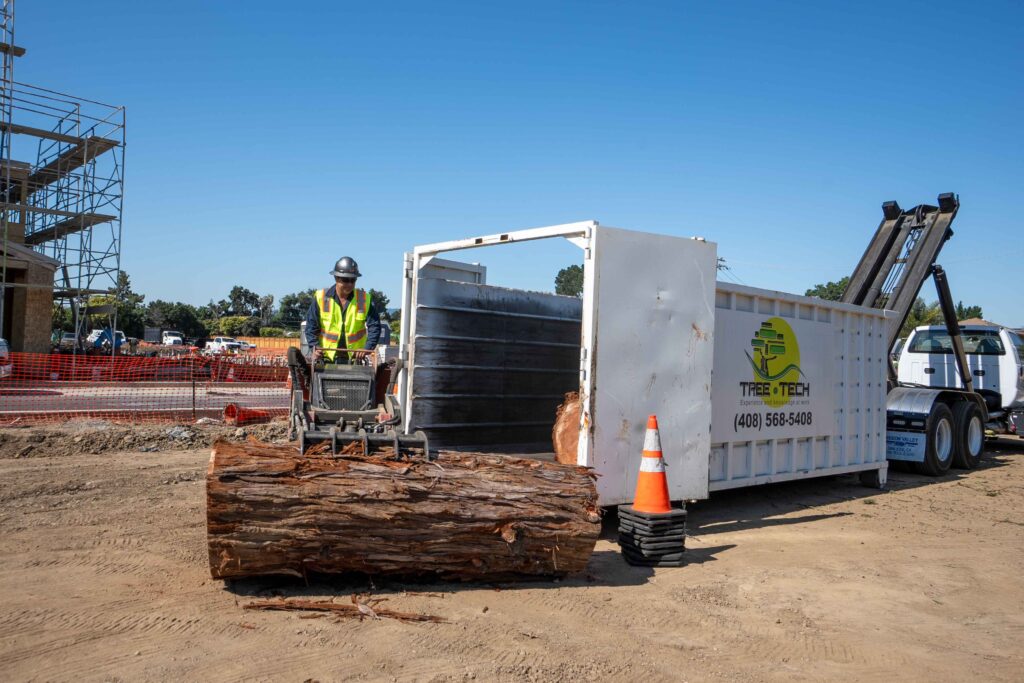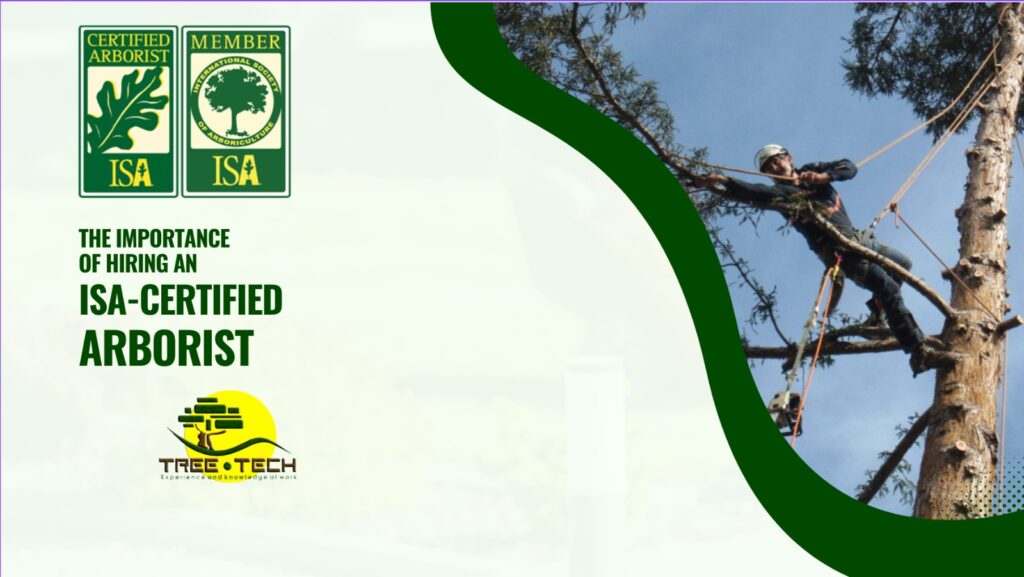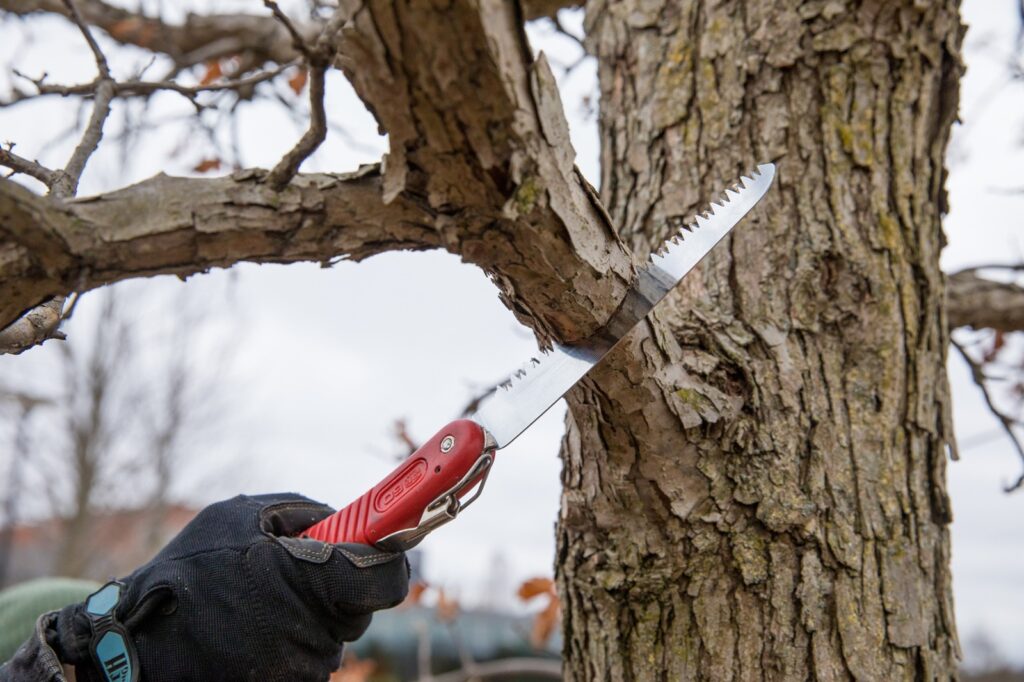Why Prune? The Physiological Response of Trees
When a tree is pruned, it’s not just about removing excess branches. At the cellular level, trees respond to pruning by activating their natural healing processes. The cut site begins to produce cells that form a protective layer, preventing the invasion of pathogens and sealing off the wound. This is nature’s way of ensuring the tree remains healthy post-pruning.
Moreover, by removing diseased, dead, or weak branches, we’re helping the tree divert its energy and resources to the healthier parts, promoting robust growth and vitality.
Safety First: Pruning Prevents Diseases and Hazards
Trees, like all living organisms, are susceptible to diseases. Fungi, bacteria, and pests can invade through weak or injured branches. By timely pruning and removing these vulnerable parts, we can prevent the spread of diseases, ensuring the tree’s longevity.
Additionally, overgrown or dead branches pose a significant safety risk. They can easily break off during storms, endangering property and lives. Regular pruning eliminates these hazards, making the surroundings safer.
Aesthetics Matter: Shaping Trees for Beauty
Beyond health and safety, pruning plays a pivotal role in enhancing the beauty of trees. By removing crowded or erratic branches, trees can be shaped to complement landscapes, provide better views, or even create artistic forms. A well-pruned tree is not just healthy but also a visual delight.
When and How: Best Practices for Tree Pruning
While understanding the benefits of pruning is essential, knowing when and how to prune is equally crucial.
When to Prune: The best time to prune most trees is during their dormant season, typically in late winter or early spring. Pruning during dormancy minimizes sap loss and reduces the risk of pest infestation. However, certain trees and specific conditions might require different timing.
How to Prune: Always use sharp, clean tools to make clean cuts. Avoid tearing the bark or making jagged cuts, as these can be entry points for diseases. For larger branches, use the three-cut method to prevent bark tearing.
Tree pruning, when done correctly, is a blend of art and science. It’s about understanding the tree’s physiological responses, ensuring safety, and enhancing beauty. At Tree Tech, we’re committed to providing the highest quality tree care, rooted in scientific knowledge and years of experience. Whether you’re looking to shape your tree, ensure its health, or safeguard your property, understanding the science behind pruning can make all the difference.





